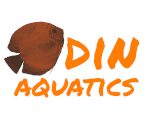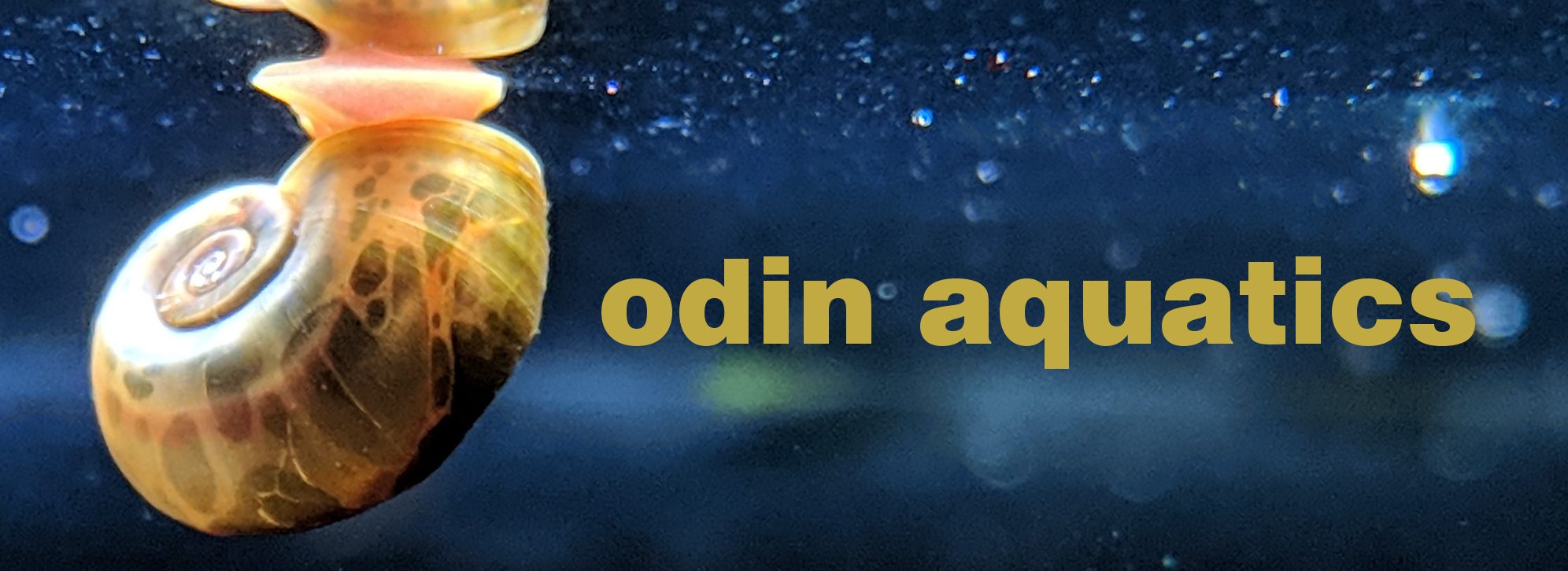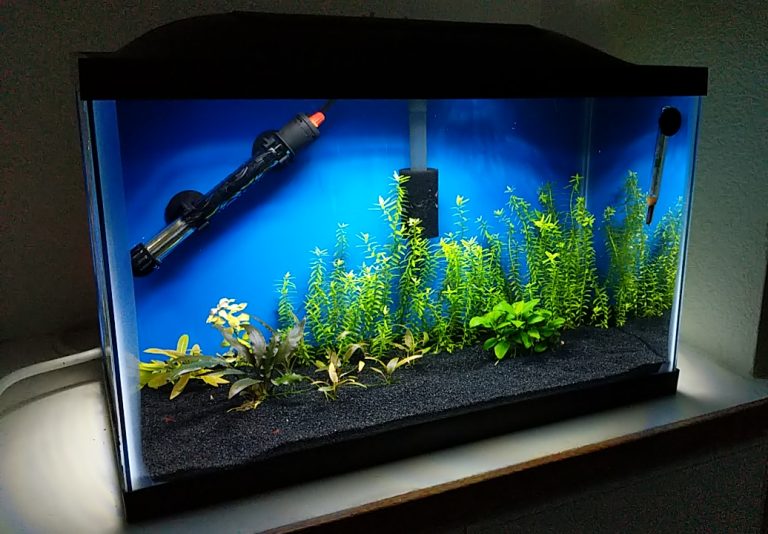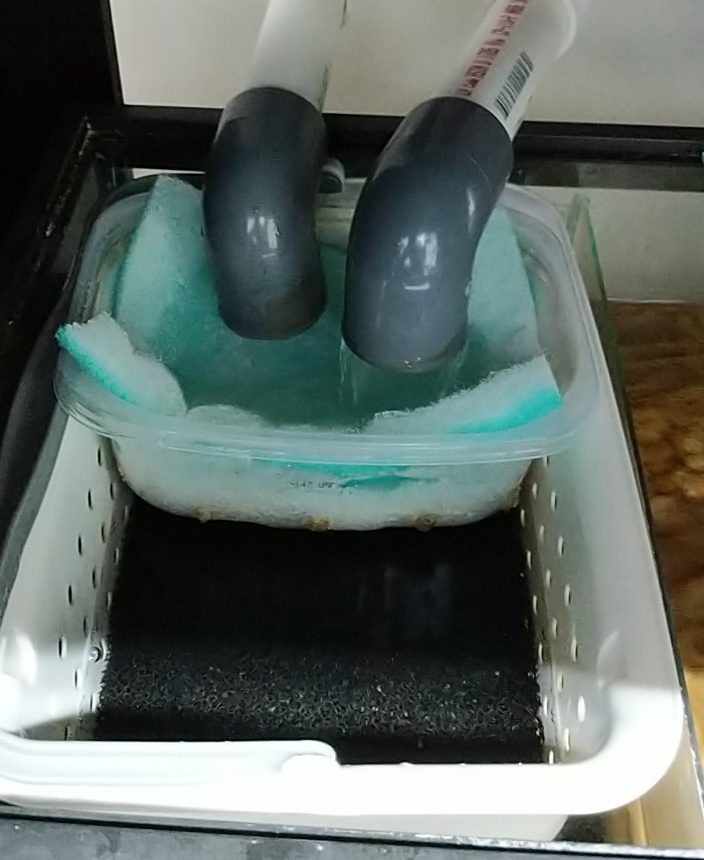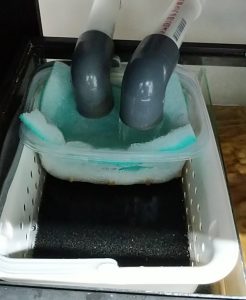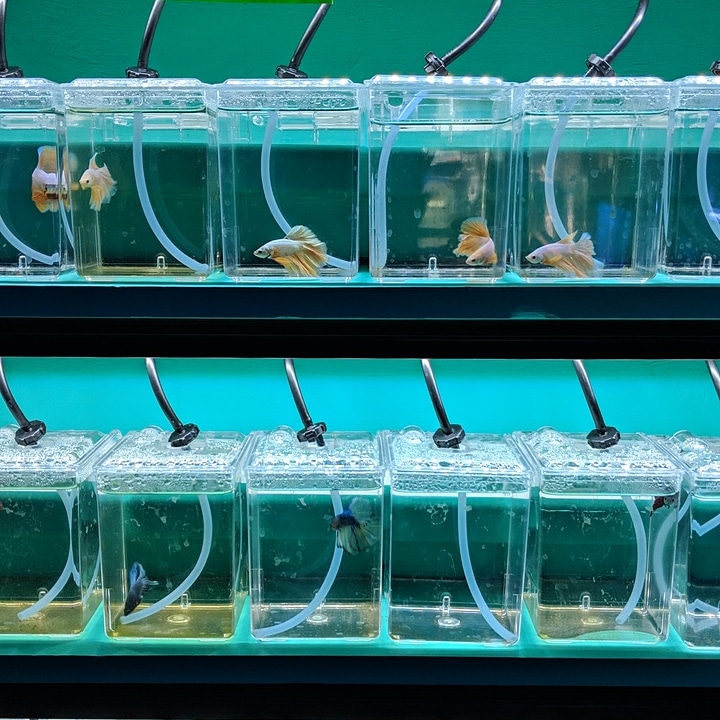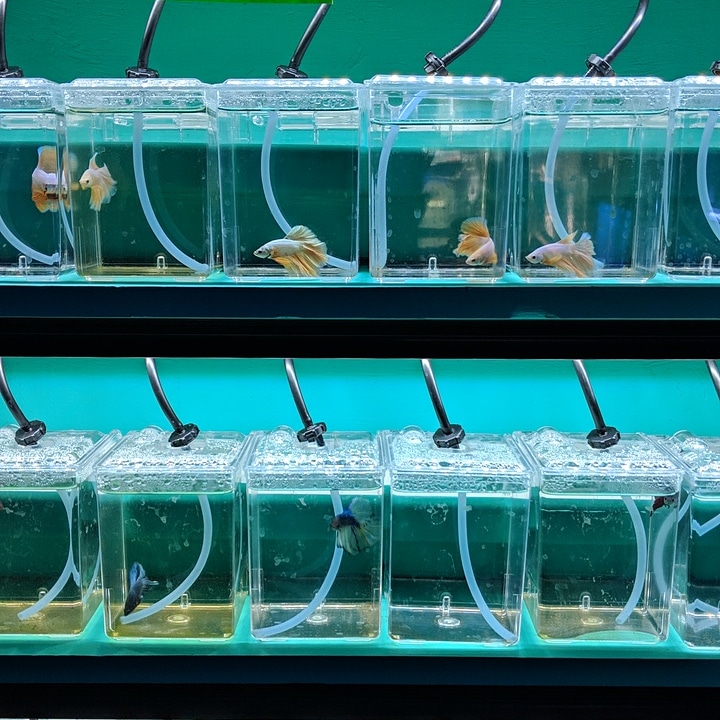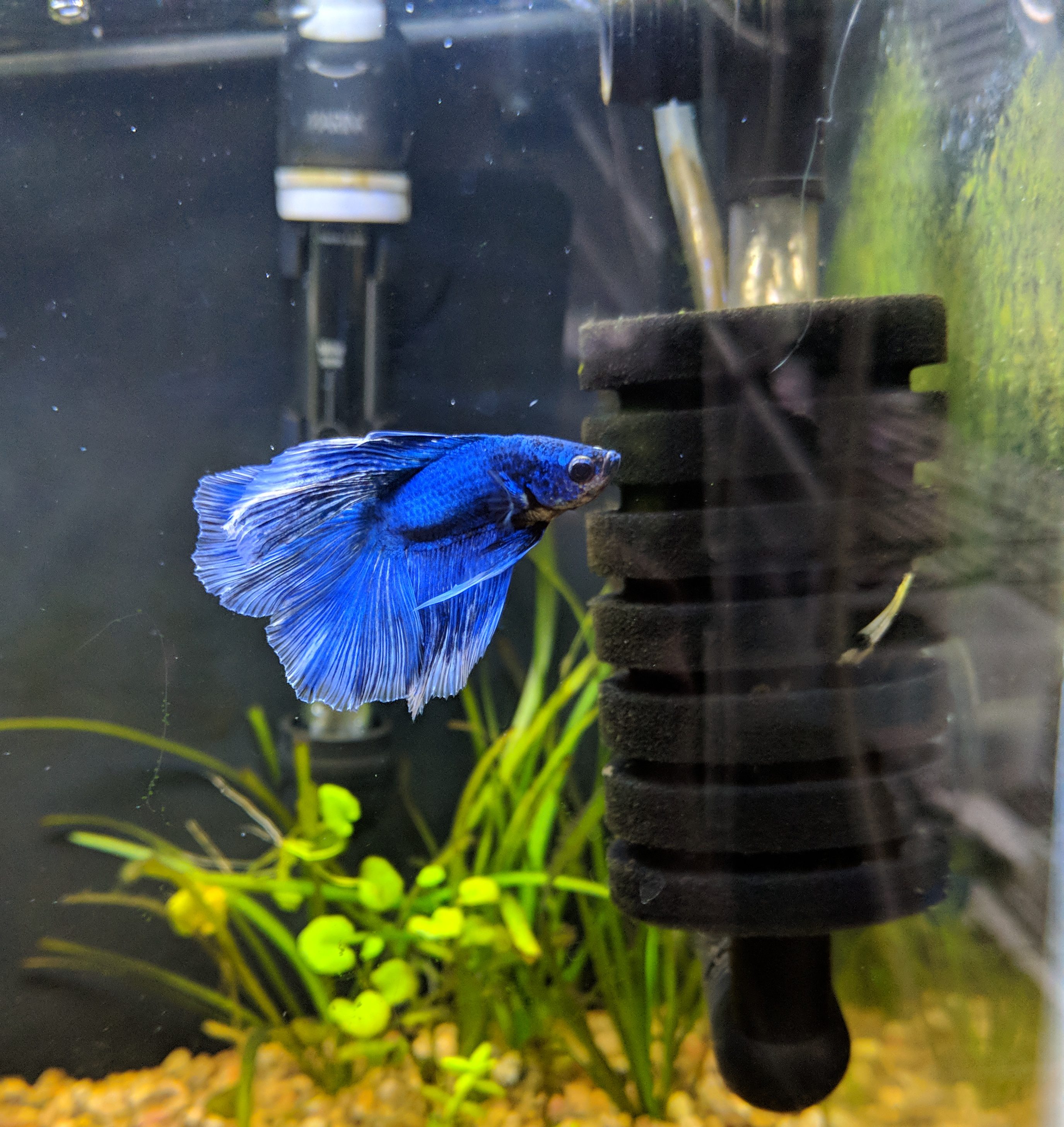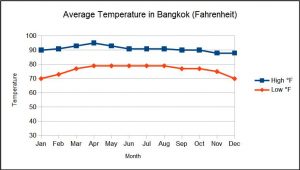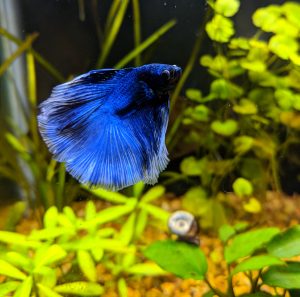The Marineland LED Light Hood for Aquariums, Day & Night Light is pretty popular as an affordable combination light/hood in aquarium starter kits. I have used the 20" x 10" size on a planted 10 gallon tank for several months. While the light is certainly not the brightest LED, it is just enough to grow some low light plants. In this review I will cover some of the pros and cons of this hood.
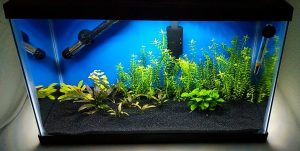
Pros:
-
Hinged hood design
The hinges that come with this hood allow it to be lifted up to feed your fish or maintain the aquarium without fully removing the lid. I use a small hook in the shelf above my tank to hold the lid open when I am working in the tank.
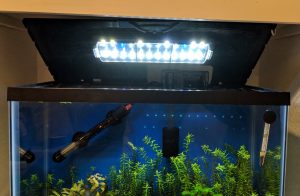
-
Low wattage LED
The integrated LED light bar uses about half the power of a traditional fluorescent tube light, and should have a much longer service life. This light puts out a natural color temperature (around 5500 K according to Marineland) that does a great job of showcasing fish.
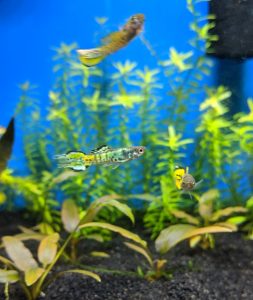
-
Integrated light / hood combo
Having the light bar nested into the hood keeps light from escaping horizontally across the top of your aquarium. This gives it a nice sleek look as all of the light from the LEDs is directed down into the tank.
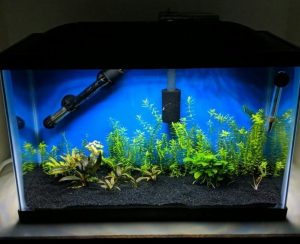
Cons:
-
Comparatively low light level
While the output on these Marineland LED hoods will keep low light plants alive, it is not anywhere near what you would get out of a more expensive LED fixture. I have been able to grow rotala rotundifolia, anubias nana, and cryptocoryne wendtii under this light, but everything grows very slowly. Since the LEDs are all concentrated in the center of the hood, the light level drops off significantly on the outsides edges of the aquarium.
-
Lack of customization
These hoods are difficult to cut or modify for different styles of filtration because they are made from a thick plastic. You also cannot swap out the light for one that stretches across the whole tank. In my opinion, this is the biggest drawback to their design.
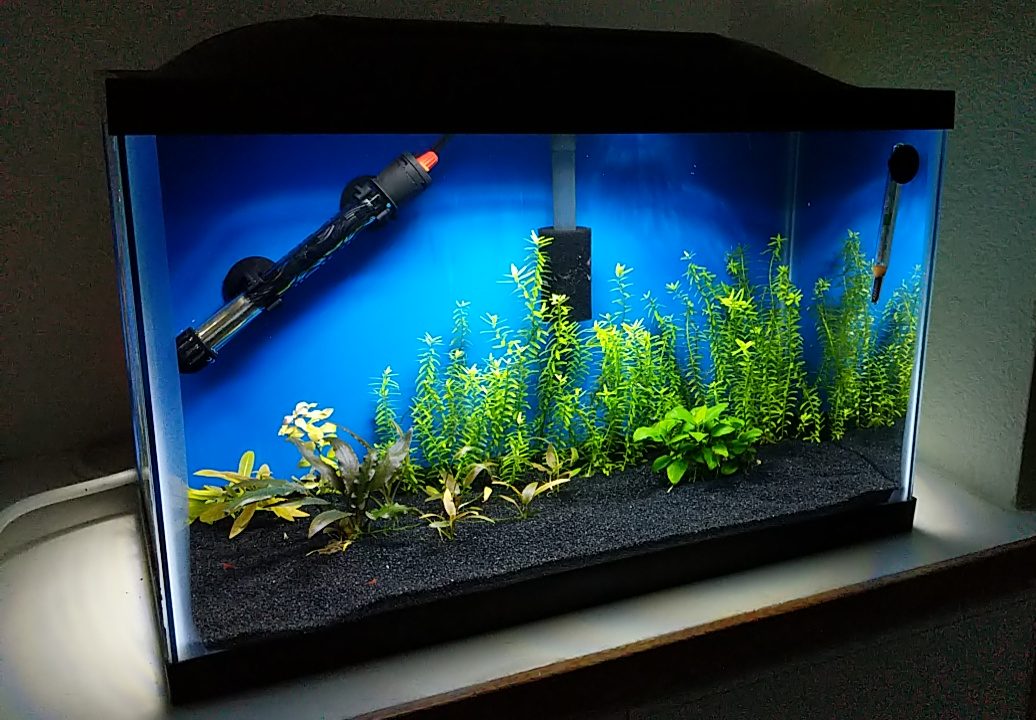
Bottom Line
The Marineland LED Light Hood for Aquariums, Day & Night Light is a good affordable option for aquarists who are looking for an all-in-one light and canopy design. I would not recommend it if you are interested in growing high light plants; but if you want a light that will showcase your fish and keep some plants alive, it is a nice looking option.
